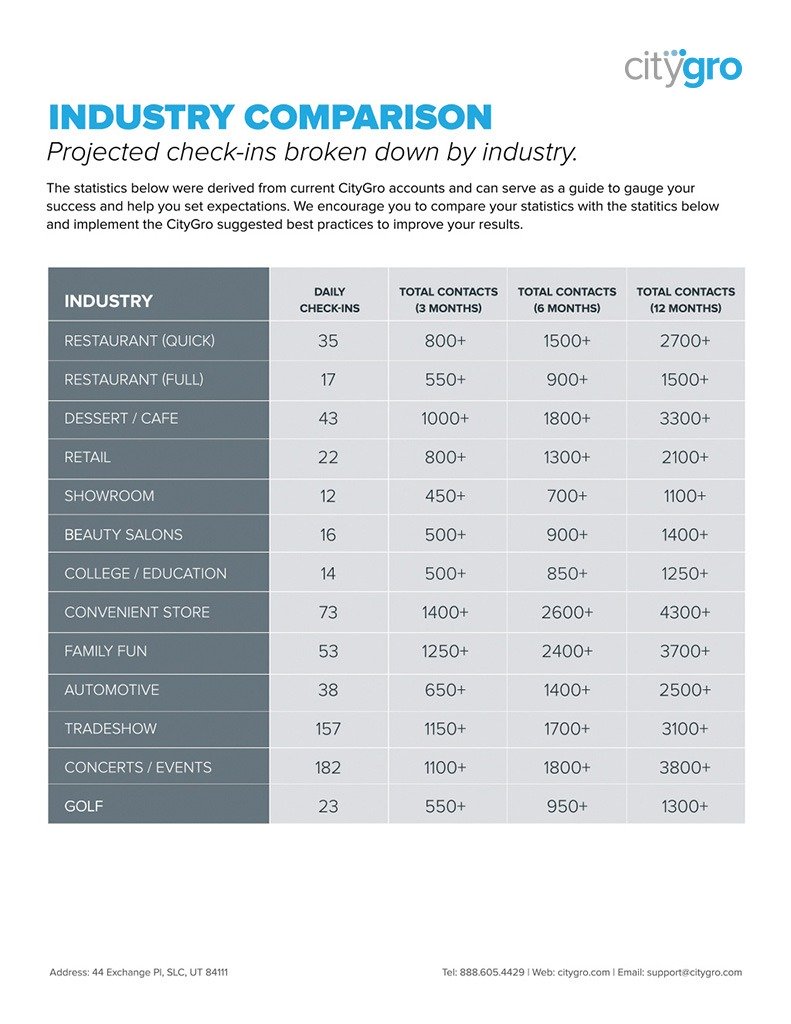Collecting Customers’ Data Without Holding Up Your Line
How to Collect Your Customers’ Data Without Holding Up Your Line.
In this video, we will discuss how you can gather both customer data and consent. We will go over a couple of different techniques so you can decide what works best for you and your business.
Video Transcript:
Ok, we are live here again at CityGro. Were excited to have you with us today. I’m John, I’ll be hosting the show today and we’ve got Steve Russell with us today, one of the, one of the founders of CityGro. So He’s been here from the beginning. Work with thousands of businesses, helps out on our customer support team. That’s a very knowledgeable. Today we’re talking about data collection and specifically in situations or you don’t want to hold the line. Let me pause just real quick, just as reminder for anyone watching a. So this is a sponsored show by CityGro, but it’s really geared towards businesses of any software. It’s a retention. I guess the purpose is retention. You don’t have to be a single customer. We go out our way to make sure that we’re getting relevant information even if you’re not a CityGro customer. So feel free to join with us, ask questions. I try to monitor the questions as they come in. So we’ll get to them. But yeah, with that said, let’s get back to Steve and a customer data. So let’s start right at the top. Why in the world would customers want to give us their data in the first place?
That’s a good question. And to be honest, most of most customers don’t want to give you their data. They avoid that. But that doesn’t stop businesses from being a very good job at getting that data. So the basic premise is you have to have an excuse. It’s gotta be a reason. I’m just off the top of my head. Some of the reasons. Well, traditionally, it’s, you know, to, to win a prize, maybe back in the day they’d have fishbowls and you’d put Your Business Card in there and the chance to win a prize that was a reason I gave you the data is to win the prize, to, to complete the profile on the loyalty program, to, you know, for your chance to win, to get a promotion that day that sometimes it’s like a sign up now to get 10 percent off on.
A lot of times I’m going to do that if, if it’s worthwhile. But most importantly, a lot of businesses do it because it’s part of the process. One of my favorite examples is actually talk golf that’s on everywhere, but for you, for those cities that have a top off in there, and if you’ve visited their, their processes is before you can go there and play their, their drive, their golf driving range game. You have to get a card and that card it actually costs you $5 and you have to give him all the time
for me too.
And they get thousands of data. Customer new customers do that every day per location. It’s, it’s incredible. So yeah, you have to have reason. We’re just going to come on and, and go on the wall with our pen and giving you their data. There’s gotta be a good excuse and good reason.
So that’s an interesting concept that you bring up a top golf because. And the reason is you just, it’s part of the system there. So a lot of times I guess I could replace the reason what the incentive. You got to have an incentive to give your information. There’s a lot of businesses that just do a really good job of making it part of the system. If doctor last week we talked about waivers as a way to just be part of the system. So yeah, just, just a note that that came to mind is if you can make it part of the system, it’s fairly easy to collect that kind of thing, but in whatever case you collecting it, what kind of data do we want to collect? What kind of information?
That’s a good question because a lot of times when we’re working with one of our clients and they’re asking us what data should we collect? They want all sorts of data, don’t want their name, they want their address, they want their birthday. And we always have to talk them down in the air and let them know some, some, you know, flip, flip this, the scenario and say, OK, the more data you’re going to collect, the slower it’s going to be on your lines. But really think about what data you’re going to actually use. Some of that data is, well, first off of the best data to collect, is the contact data, meaning communication, email as a communication tool, that’s a data piece that you should collect. Phone number, is a data piece you should collect and then anything that you’re going to for sure use to communicate with birthdays. If you’re going to do a birthday club, anything else might be overkill.You might have a small restaurant and you might ask for everyone’s names, but you might not ever use their names and their community communication, so you just wasted people giving you their first and last name. So whatever info you can actually use, that’s what I’d say to, to collect the cloud. Nothing more.
Great. So, and I hammer on this every show, but as part of that data collection, I think it’s important to note that you have to collect consent. Again, it’s such a shame to build these huge networks of data and then go back and realize that I have 10,000 phone numbers and I can’t contact the single one of them because I don’t have consent. So make sure in whatever form, and we’ll talk about some different tools that you can use to collect data, but whatever one you’re using today, make sure you have a box on there that people are checking or a way to get their consent that says, yes, I would like to receive messages from your market
messages and consent is so important and that’s what makes your list as transit from a spam list to to knowing and feeling confident that you’re on the list. Want to receive messages from you. If they’ve given you that permission, then you can feel confident that when you sum it up, they’re eager to get that information that’s going to be make a quality all around.
Cool. OK. So now I want to talk about some tools that we use to collect data and I want to be as practical as we can to give anyone listening some ideas. And so we’re gonna let’s. I want to keep in mind anyone from the fast pace, like quick serve restaurants that don’t have a waiver that you can sign or talk. They’re not registering like they talk though all the way through to salons and maybe do and others. What are some tools that are maybe have been traditionally used even outside of CityGro to capture data.
Fiona mentioned is that there’s too many businesses just not collecting data and then there’s. And that’s traditionally how it started. Businesses didn’t collect data and then you know, 20, 30 years ago, I don’t know when it started to be honest, but, but people started doing it in clever ways. They’d have that fish bowl out there where you could just put your business card and that seems a little fashion today, but that’s better not collecting data and as we continue to go on that route, we have people that would have forums out on the table that says enter for your chance to win and you would fill out the form and I see that quite a bit lock put it in the box, looked at in a box. But today in today’s Day and age, there’s. There’s more advanced ways to do it. Pos Systems can, can do that now where people can ask questions and they can complete a customer profile, writing a pos system, an sms keywords where you can put signage up that says, text this a key word to this number and now I am giving consent and opting into a system.
We’ve got a good point on that because texting and actually counts as consent. Correct. We have some things this week that it brought up a lot of, what we call a double opt in because if you get verbal consent over the counter, you can have people reply to that first message, a yes or to an email. Yes. I would like to be part of your list. So sorry,
just one not. That was a good point that that counts as consent. Absolutely. And then our favorite, obviously as kiosks, that’s, those are very customizable and you can collect whatever data you want. They’re just by putting an IPAD or some sort of tablet on your, on your counter, you can collect good information there. And then the other way for brick and mortar, it’s a little bit tougher, but websites that’s the most probably use way out there is this through websites, but for brick and mortar type type businesses, they don’t have the advantage of customers always going to their website. And so you might have a form on your website and it says, sign up for a birthday club. But you have to give people your website as well, so that’s a great way you should be doing that. But figure out the best way to get the customers that are already coming through your door. And those are the people you want to collect and you have to do that inside your story.
Yeah. OK. So we’ve talked about some incentives in all the ones you talked about, the inner, the was one loyalty. How many people do you think realized that the loyalty program that they’re participating in is really kind of a, a cover to collect the data?
Yeah, probably not many at all. And in fact we always laugh it laugh that that’s kind of rude. But historically, the loyalty program has been the [inaudible] Punch, the 10 punch punch power and that punch card, his loyalty program and it doesn’t collect any data and so today’s, in today’s Day and age, you do those 10 punches, but you do it digitally and you make them fill out a customer profile before they can collect that consent. And a lot of people don’t even know if they don’t even realize, they just think it’s part of the process of signing up for the loyalty program. And by the end of it I’m getting, you know, I’m joining a loyalty program, but I’m also now getting A. I’m opted in to receive communication from that business, which is huge.
Yeah, I think there’s probably been some business owners and a lot of them that will watch this video, whether live today or down the road, that don’t really think of loyalty programs that way. Maybe they think of lord loyalty programs. More just incentives for people to come back from the consumer point of view. Which is true. I mean, there’s been a lot of, a lot of the data behind just to buy 10, get one free punch card working. Right? But like you said, take it to the next level is now we know all kinds of data. If we have you registered for the loyalty program, our favorite is using a phone number because it’s so easy and we’ll get into how we would do this without holding up the line and I think that’ll come in there, but if you haven’t registered for it and every time they come back they’re bringing it with their, with their phone number, through the POS system or on the kiosk or however you’re tracking that you not only they’ll contact information and whatever you’ve asked in registration, but you know, how often they come in and you can tie the purchases, you know, whether there are lunch or dinner type customer or a fall or a spring shopper or whatever it is.
You get a ton of data. So just a different way for everyone to think about loyalty systems is it’s really just a, a, a cover for, for collecting data. OK. So I mentioned holding up the lines, a lot of the people we work with, our fast paced, high traffic brick and mortar, and the last thing they want is to have a registration form before I get my quick serve ice cream that’s going to send my line out the door. What are you doing?
Yeah, absolutely. Yeah. Not everyone has that, that the opportunity to have someone go sit down and fill out that huge form. But there are still some clever ways that you can collect the data you need. When you do have a fast paced environment with align, I would suggest that you just capture that communication data points, whether that’s an consent. If you can do that, if you can say, just enter your phone number and say that you’ll accept the future text messages from us then that, that doesn’t hold the line. That takes 10 seconds at the most to enter your phone number and click yes. And then you have the opportunity to communicate with them further. So a lot of times what we do is we collect that in that phone number and then what we’ll do is we’ll send out a text message to that customer says complete your profile, or enter couple your profile, enter to have a chance to enter to win or join our birthday club and they get that text, they clicked the link and then on their phones they can complete their profile and get all the data that you actually really need.
And so that’s one clever way of doing it. And then other ways is just to not even do it during the line. He’s an SMS keyword. So if it’s a, if it’s a fast food place, you can put a table topper right on everyone’s table that says Texas keyword to join our, our, our program. And that’s not holding up the line at all. So those are just a couple of the ways. But you start with just the basic information that lets you keep contact with them, right? And then you ping through incentives like the birthday club or entered a Wednesday to register more information. Exactly gone, which it makes a lot of sense. And what’s interesting to me nowadays, in fact, there’s a couple of places I shop locally at one’s a hardwood or a hardware store, ones the grocery store that they’re to the point where anyone that comes in, they just say what’s phone number? They don’t even tell me the incentive. They just have their hand on the key pad. They just say, OK, what’s your phone number? And it’s become so natural now because so many people do it that, just by asking, there are a lot of people they’ll just tell you because they realized that it’s a part of their account. So if anyone listening is just struggling to get the word data, try just nonchalantly. And you know, if they say, well, what do you mean by phone number for you can always say it gives you rewards and it’s not a sales pitch. If they say, oh no, things great. You checked them out in any way. But
yeah, it seems like all supermarkets have known until lately have me get them, give them their phone number and they get so much data from that and it’s super fast because the, the, the pos and keeps track of all the data, everything that bike, et cetera. Not everyone has the capability is there, but it’s just a phone number can take, you know, take you along with way.
Yeah. And just knowing that they, they worked that into their marketing messages. The emails I get from him even receive a images on the back of mercy are now cater to what I buy a data collection is where it’s all about. OK. So, in wrapping up here, where do you, where do people, what are different ways to store all of this data and maybe talk about from some of the or the older forms of collecting data. Like if you are using a list or a just a drop, drop your card in the fishbowl all the way through to some advanced ways that are now available.
Yeah, we’ve talked so much about collecting the data now, now storing it a lot of times when we talk to some of our customers, they, they’re like, great, we have been collecting business cards for years now and done anything with it so they will actually have one of their employees in any downtime going and taking those business cards, entering them on the computer, into an excel spreadsheet just so that they can digitize it, store it safely, and then when the time come, see you actually use it. You can upload that excel spreadsheet. Most softwares, typically some sort of marketing software or you can look at your pos system, see if there’s any integrations there or if your pos system can take advantage of those lists, but get us toward digitally, and making sure that it’s put to use. The worst thing you can do is just have it sitting there in a closet collecting dust somewhere. Turn on automated. A lot of marketing softwares can automate messages to these customers and that’s the most important thing put it to use.
Well. So on that note from a, from a sales background, leads do go hold and they tend to go hold quick. So if you’re not putting this in as like, you know, they have is ideal week of his next option. I mean just soon, right? Because there are times I’ve talked to people who have had their drawer full of business cards having done it in their system for three years by that time, who knows who’s still around, who moved out, who remembers your business. And the last thing I want to give it as a consumer is, hey, thanks for coming into my business three years ago. Keeping those relevant, keeping that, that data up to date, and everything that goes along with that. OK, well I’m just checking through my notes here. I think we touched about or on most of what I can think of. Is there any other tips that come to mind that we haven’t touched base on? Bit Closer.
Just take the next step, whatever that step is. If you’re not collecting data and start collecting data, if you have a loyalty program and it’s just a basic one where you’re not taking advantage of the data collection opportunities, take that stuff to do it. If you have all this data and put it to use, just take that next step. All businesses in this day and age and be doing something with customer data.
OK, awesome. Well, I think we’re going to end on that note. We appreciate you guys being here with us and we’ll see you again next time.
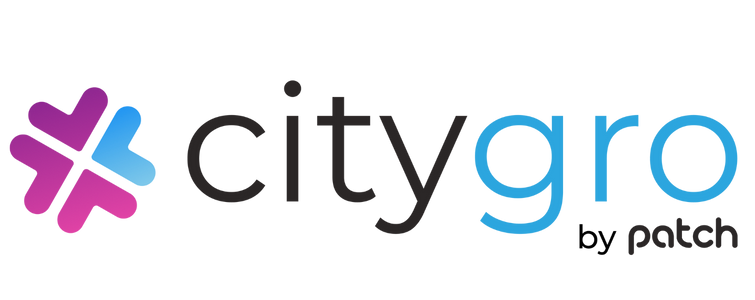

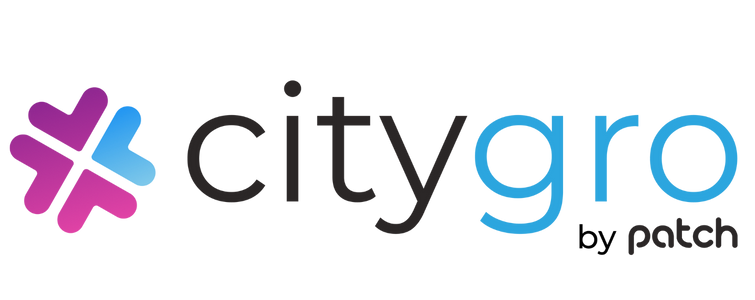


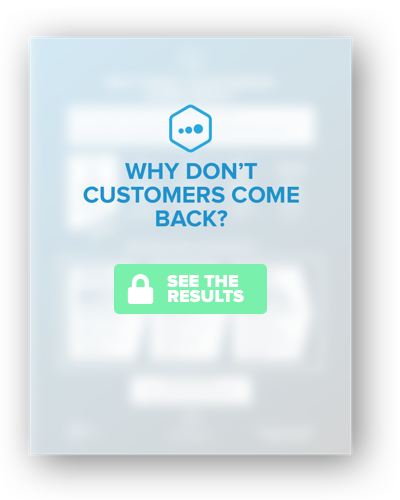
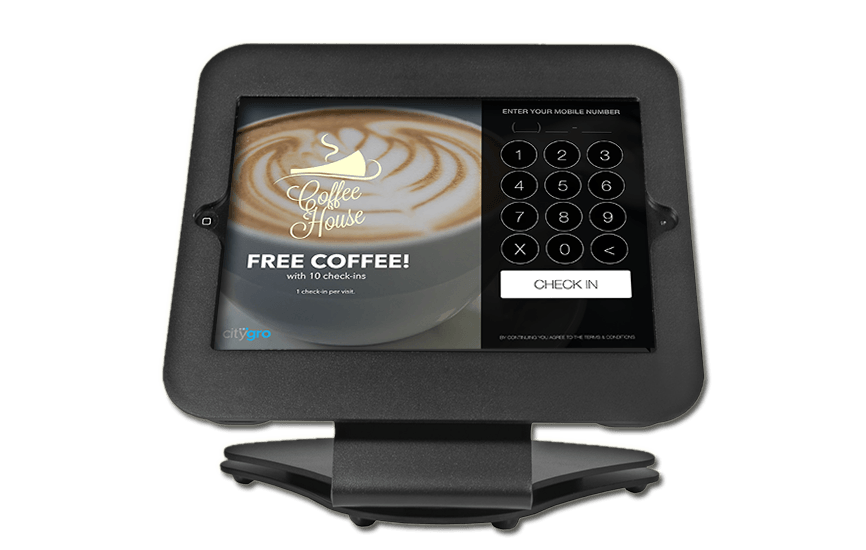 Get this section from Jon. Get this section from Jon. Get this section from Jon. Get this section from Jon. Get this section from Jon. Get this section from Jon. Get this section from Jon. Get this section from Jon. Get this section from Jon.
Get this section from Jon. Get this section from Jon. Get this section from Jon. Get this section from Jon. Get this section from Jon. Get this section from Jon. Get this section from Jon. Get this section from Jon. Get this section from Jon.
